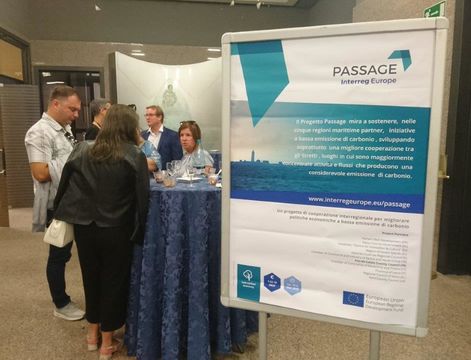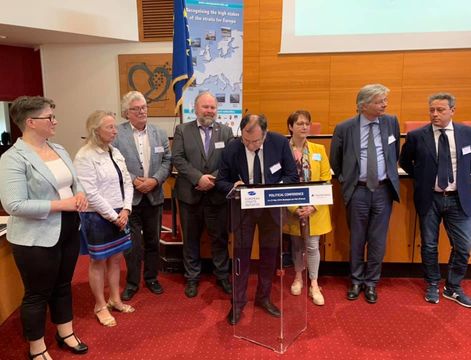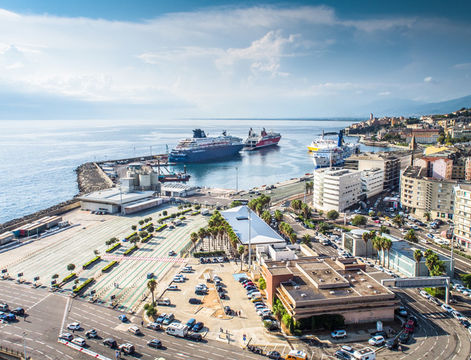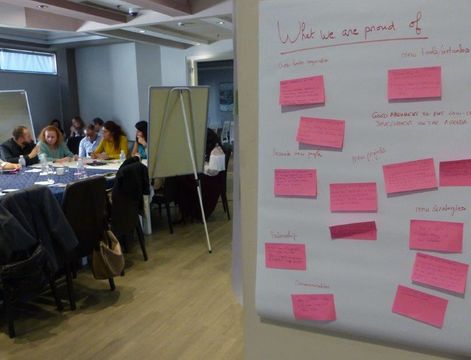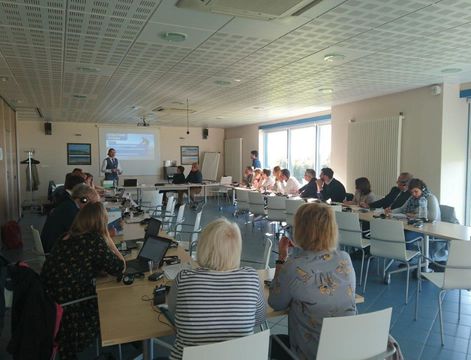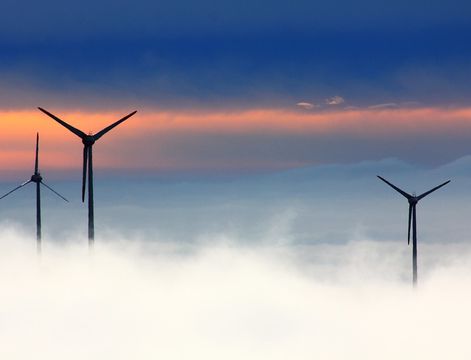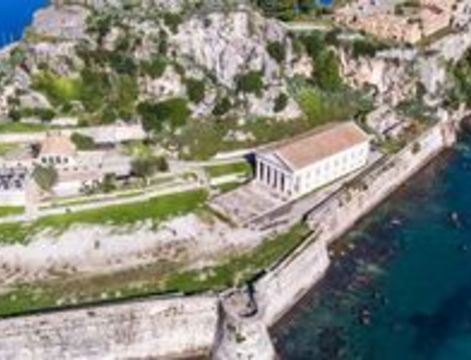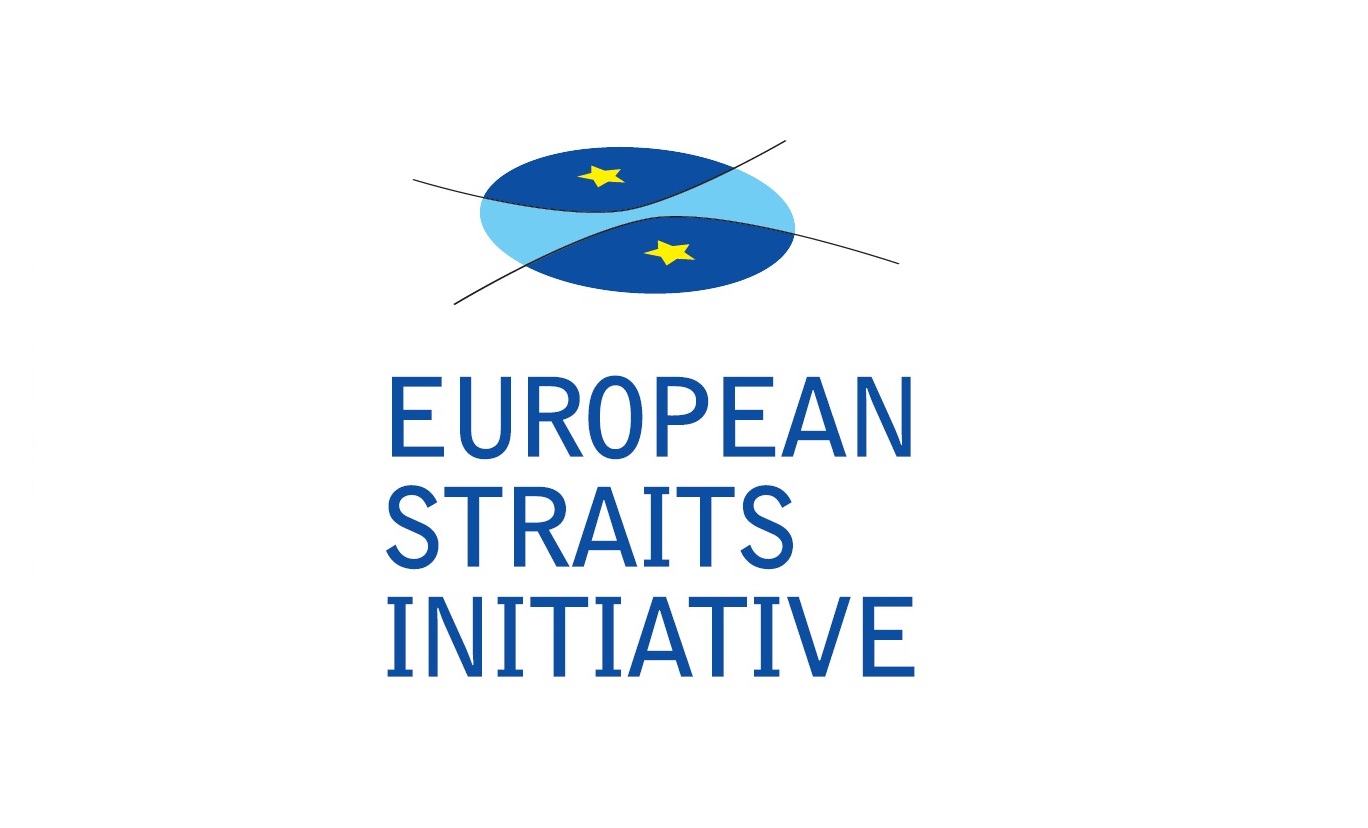Interview with Tatjana Mehillaj, Administration of Protected Areas for Vlora Region (Albania)
Tatjana Mehillaj, you are working for the Administration of Protected Areas of Vlora Region (RAPA Vlore) on the Strait of Otranto. Can you tell us more about this administration?
RAPA Vlore is one of the twelve administrations of the National Agency of Protected Areas (NAPA), created by the Council of Ministers Decision No. 102, date 04/02/2015, for management, protection, development and expansion of natural protected areas in our country.
The main aim of NAPA/RAPA-s work is the conservation of biodiversity through sustainable management of protected areas, according to international standards and requirements based on the experience of European countries. Since its creation, our administration is working to represent a new approach on sustainable management of protected areas and a better collaboration between stakeholders.
Your approach of carbon storage through good management of a Marine Protected Area (MPA) has been selected by PASSAGE project partners as a best practice for low-carbon attractiveness strategies. Can you explain how the implementation of a MPA like Karaburun-Sazan can contribute to carbon storage and, therefore, contribute to a global approach for low-carbon transition?
What makes the difference for Karaburun-Sazan MPA is the ecosystem approach on management plan development. Identifying the main marine habitats, we were able to define the ecosystem services provided by each of those habitats. For instance, being completely aware on the importance of Posidonia meadows habitats, mainly related to carbon sequestration, we translate these habitats into economic value (1,606 billion ALL/11,642 million €). The reason is simple: we have to speak the same language with everyone. In this case, it's easier for us to inform decision makers on the great role of this habitat into carbon sequestration. The creation of MPA-s help us to ensure a sustainable management of marine habitats, reduce and limit their destruction. Better are the quality and the state of the marine ecosystems, better is the quality of the services they provide.
Protection of maritime areas such as Karaburun-Sazan must be a challenge in a cross-border and highly frequented area. What are the main difficulties you are facing?
We face mostly issues with coordination and conflicts between national priorities. We still don’t have a marine spatial planning at national or regional level. So, the development around our Marine Park and the activities located in this area don't always match with the protected area strategy and might impact the ecosystems around and within the park (eg. the port of Vlora, aquaculture farms, fisheries etc). Other difficulties we are facing are law enforcement and coordination or collaboration between different national institutions.

Why do you think this is at the end a success? What can still be improved to enhance potential for carbon storage?
The success I think consist on three facts. Firstly, this management plan is done, from the beginning, through a participatory approach. In the management plan are reflected all the requirements from all the stakeholders. Secondly, this management plan is 100% implemented by a public institution, serving as a guide on the activities, projects and planed studies. Finally, as I mentioned before, it is the first time that an economic valuation of ecosystem services is done in a protected areas in Albania. Still, there is a lot more to do, to ensure a good management of ecosystem and to fulfil the commitments to sustainable management of the MPA and to ensure the preservation of the habitats. We are trying to promote sustainable touristic activities as much as we can. For instance we developed an underwater trail, with information on the importance of Posidonia meadows habitats all along it. Also we developed four hiking trails along the coast, with information table on the main values of MPA. Still, to improve the potential for carbon storage, Karaburun-Sazan MPA should be further extended to include other focal areas for the Posidonia meadows habitats in Vlora bay.
Do you think a similar approach to management of Marine Protected Areas for carbon storage can be implemented in other maritime border regions? What would you advice to the authorities?
I think everything depends on the priority that every country has. In the case of Karaburun-Sazan, we were lucky on collaborating with a very powerful international organization: UNDP. They trained us and brought to the area a very qualified scientific staff who applied a different approach on PA management. My recommendations to the authorities in order to improve the potential for carbon storage would be :
- Raising awareness among authorities for the relevance of the preservation of costal marine ecosystems
- Increasing the support for MPA managers
- Supporting the creation of new MPA-s.
Thank you!



